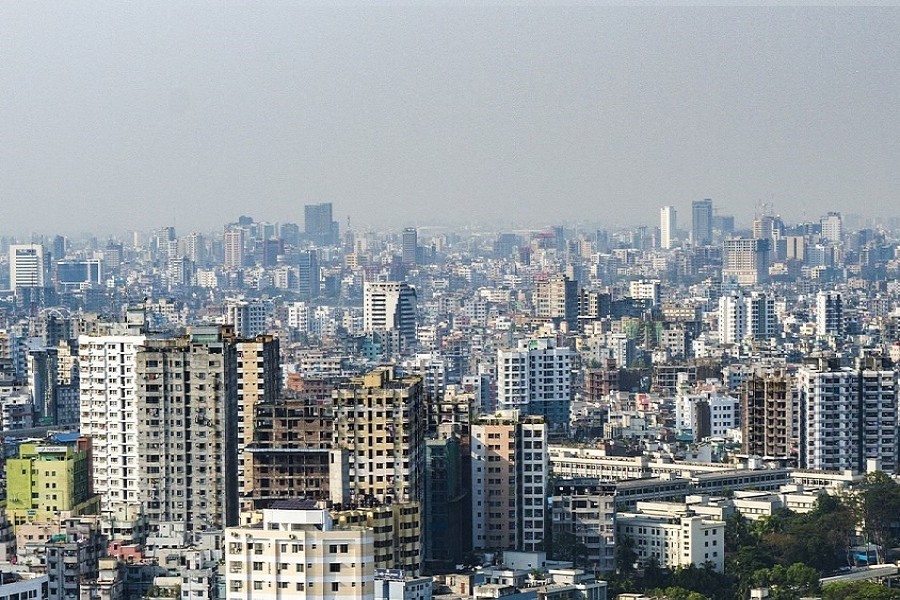If Dhaka had not been afflicted by its debilitating traffic gridlocks and other urban ills, it would have already emerged as a high-promise modern city. Not long after the independence of Bangladesh, the city began showing clear signs of coming up as a city of fast growth befitting a new capital. Unfortunately, it did not happen. With the increasing rush of livelihood-seekers, the capital soon became overwhelmed by domestic influxes. As days wore on, crises in housing and communication, providing of basic civic amenities etc continued to hit the city. Improvised transport and commuting and other infrastructures undertaken by both government and private sectors alleviated the pressing problems to some extent. By the 1980s, Dhaka could manage to emerge with the features of a big city.
To the optimistic residents, the capital, however, remained plagued with its obstinately dug-in menace -- traffic jam. With the passing of decades, this dreadful problem only worsened. Since the start of the 21st century, Dhaka has periodically been dubbed one of the most unlivable cities in the world. A lion's share of this infamy can be attributed to its anarchic traffic movement and its filth, coupled with unhygienic living conditions.
It has been in the last decade that this once-idyllic city began experiencing series of rejuvenations. Apart from high-rise offices and condominiums built on modern architecture, the outward appearances of its communication network could be compared to cities in the fast-developing countries. That this city dominated by non-motorised vehicles would one day have in place separate roads and flyovers meant for automobiles was once unthinkable. The overhead metro-rail is on way to completion. The construction of an elevated expressway and an underground subway is being attached high priority. Except for slipshod implementation and allegedly pervasive irregularities, leading to the projects' delay, these infrastructures are signs of Dhaka's bright future. Scores of city planners have long been dreaming of a perfectly modern city in place of the decadent one. Unlike many large metropolises, Dhaka is blessed with a few gifts of nature. Its soil is fertile and is thus conducive to growth of trees in abundance. The city has four rivers which encircle it, apart from the largest one -- the Buriganga.
Notwithstanding the maddening lawlessness ruling Dhaka's roads and the mushrooming growth of unplanned high-rises etc, the city has lately seen openings to urban facilities not seen before. Highly distinctive of them are its massive hospitals and super-shops. The launch of super-shops in Dhaka reminds the city residents of the days of department stores, and the later-day multi-floor shopping malls. Originating in the developed countries, the concept of super-shops is quite unique in many ways. Unlike the large stores, here the clients are allowed to choose and pick their products. They can move about the whole interior of a shop with a basket in hand or by pushing their trolleys. As the shoppers mainly belong to the enlightened middle class, they could easily earn the store owners' trust. However, to remain free of unwarranted hazards like shop-lifting, super-stores normally use close-circuit cameras to keep watch on the rogue shoppers. The Dhaka super-shops are still largely free of the menace of shop-lifting.
The reason people are rushing to these stores is the comfort and ease with which they can do their shopping. The fear of higher prices compared to that in the traditional markets has been proved unfounded. Moreover, varieties of items including vegetable, fish, meat and spices to canned foods and cosmetics are available in these shops. In the beginning, the lower middle-class people would hesitate to enter these stores. They are now found here in large numbers. The super-shops, fast food chains and outlets with buffet arrangements are, undeniably, adding to the city's emergent cosmopolitan character. They also prompt the dream-filled Dhaka dwellers to feel upbeat.


